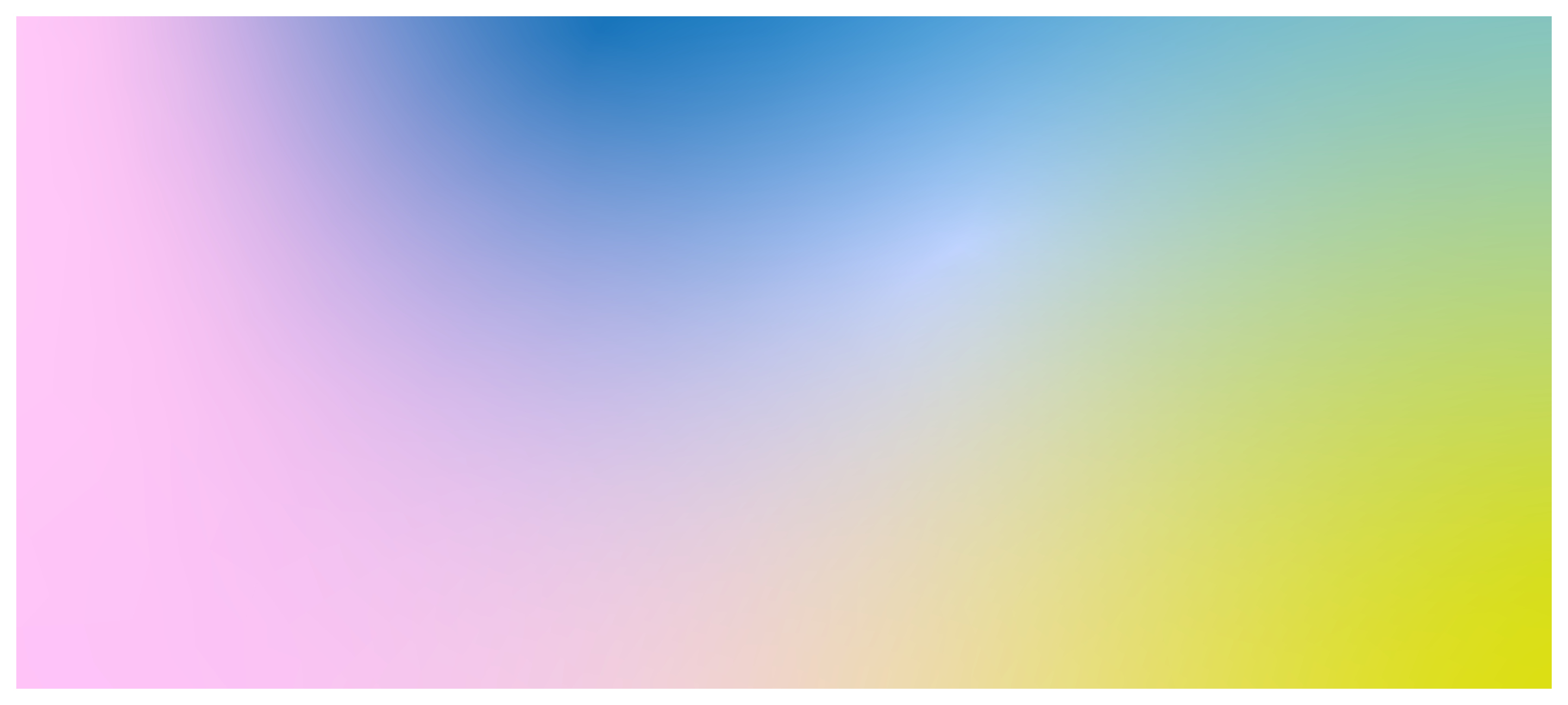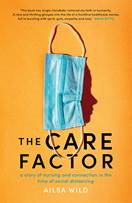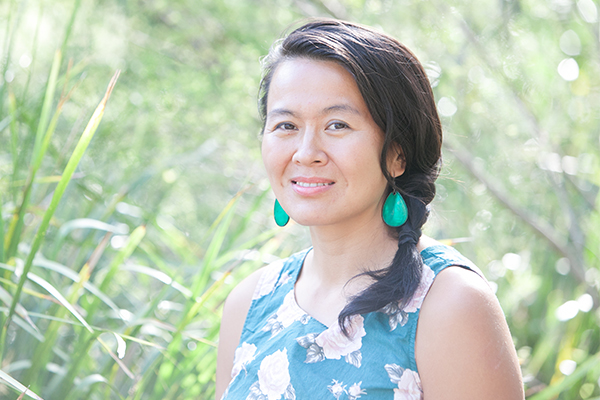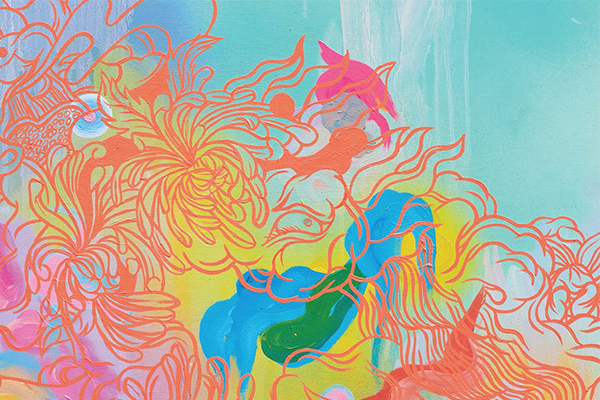Different Ways to Develop Your Great Non-fiction Spark into a Publishable Book
23 Nov 2022 | Arwen Summers
Narrative non-fiction is a vast and varied genre; so varied, in fact, that you could argue it sits more as a style beneath the non-fiction umbrella than a genre in itself. Using the techniques of fiction, narrative non-fiction works to tell a compelling story drawn from truth and fact. Ideas can come from almost anywhere in this space. That’s what makes it so exciting. From lived experiences to historical events to investigative journalism, research and beyond, narrative non-fiction book ideas can weave together from many unexpected and unassuming places.
To give you an insight into the narrative non-fiction ideas developed at Hardie Grant and their journey to publication over the past year, we asked our narrative non-fiction publisher Arwen Summers to give us a rundown of her highlights.
Late Bloomer by Clem Bastow

This memoir from autism advocate and autistic writer Clem Bastow is a brilliant example of how an author can link their personal experiences with a bigger picture in a way that gives readers important insights into that bigger picture, as well the individual. As Clem had been exploring the idea of writing a memoir when she was diagnosed as autistic at age 36. This cast her entire life in a new light, and became the central hub of her memoir. The form she settled on was one in which she interweaves her own experiences with contemporary understandings of autism – traits, behaviours, stereotypes, misunderstandings. It creates a compelling and rich picture of an autistic person’s experiences that go far beyond the common view of autism.
QAnon and On by Van Badham
This book combines investigation and reportage in spectacular style, with Van Badham giving us both a recent history of the nastier corners of the internet along with an original investigation into the spread of the QAnon cult worldwide. Van spent a lot of time undercover online while researching this book, and so her personal experiences form a small but significant part of the story as well. The challenge with investigation and reportage is to weave real-life events into a narrative that tells a coherent and interesting story, and helps us understand the bigger phenomena at work – joining the dots in ways we might not be able to see on an everyday level.
The Care Factor by Ailsa Wild
The Care Factor is a great example of swift topic-based non-fiction publishing – it was reflective of immediate conversations and feelings around the onset of Covid, and the narrative is seen primarily through the eyes of a nurse working in a hospital as Covid struck. There was a risk involved in publishing this, as we weren’t sure what people would want to read about covid (if at all), so we moved quickly when scheduling it. The Care Factor is a great example of how biography can be used to tell the story of a bigger phenomenon, and it’s also an example of how great narrative nonfiction can be a bridge between genres, domains and people, in connecting the arts and science communities.
Brave New Humans by Sarah Dingle
In interweaving the big picture with the personal, Brave New Humans brings an all-too-human face to the fertility industry. Sarah Dingle, a journalist by trade, discovered she was donor conceived at age 29, and set off on a quest to understand not only the industry that created her but to also find her biological father. Part history, part investigation, part memoir, this is a confronting and fascinating subject that is made very real by Sarah’s lived experience of being donor-conceived. Her investigation was obviously facilitated by her professional experience, but you don’t need to be a journalist to interweave your own life with the macro trends or broader socio/cultural/economic/political influences at work in the world you live in.







